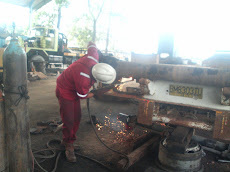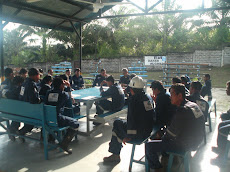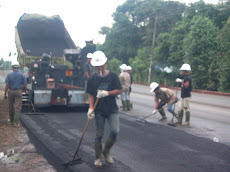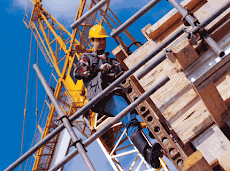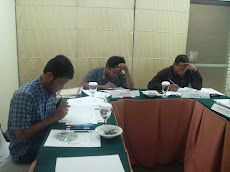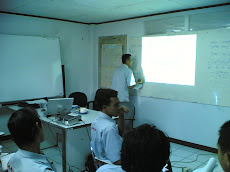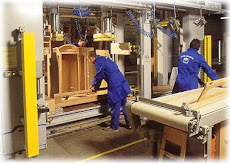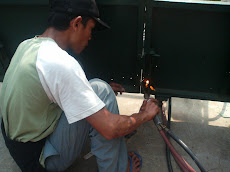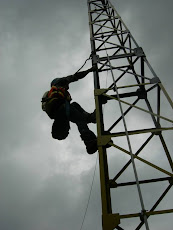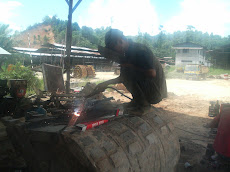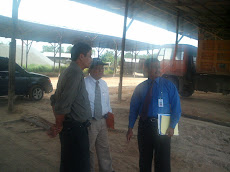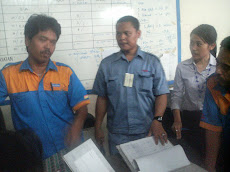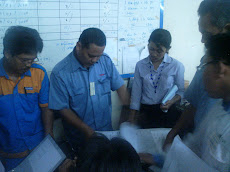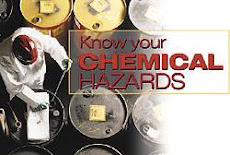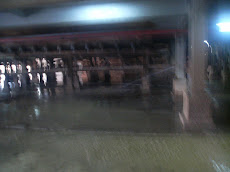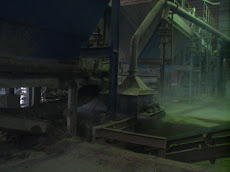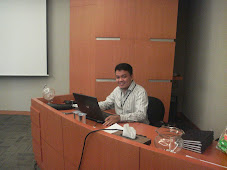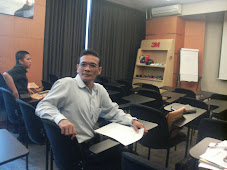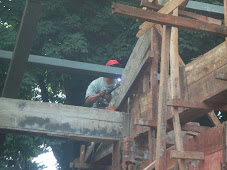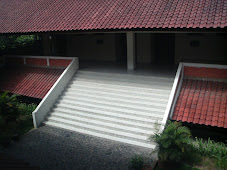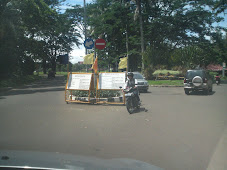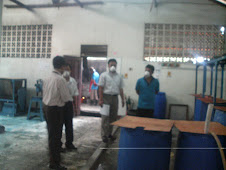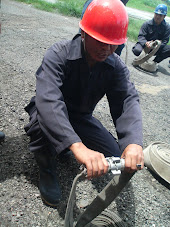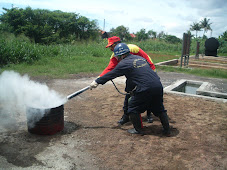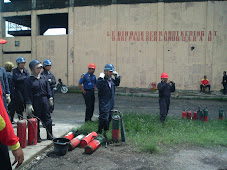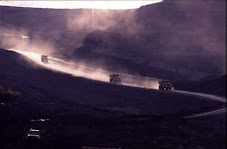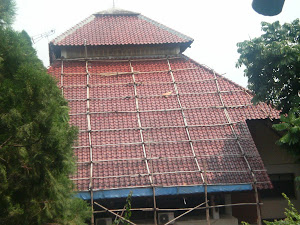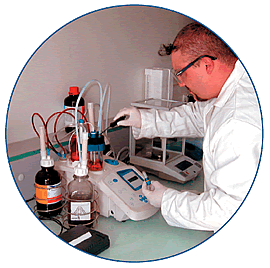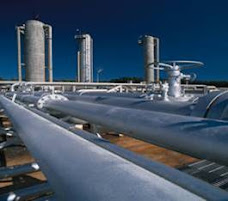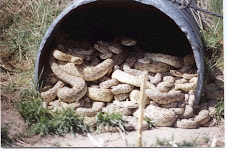
Warning sign for some reason have mutual function, specially if the project is more than or up than 1 million dollars. Or Have owner that concerned enough to safety culture.
Contractors used to be in some purpose insignificantly work with out warning sign, the [problem is many of the worker have not high education, so the principal need not to implemented safety culture due tio poor concerned and poor education back ground the worker have.
These days government urged to use and straightened the warning sign, even though some of the contractors feel uncomforted to pressed the system in theirs organization.
If we can realize the reason why some not many the contractors understand the meaning of safety culture, perhaps the roots of the problem somewhat will be eliminate easily.
The structure of the organization divide into three main function on the field. The major function occupied by worker and operator that not in the direct order of the management of contractors. In this area many of the person have education below the junior high school, in the contrary they have long working track record, they have experience to work in the project but do not have back ground ability as safety person that already touch into safety.
To minimize the problems as we record before is how to inject the safety culture to the non direct person that insignificantly will influenced to the project job.
Lets contact the local consultant or you can contact ANDALAN QUALITY DUNIA - ICA number 021-7065 2998 or 021-847 86 92. Safety is everybody responsibility not only mandor or Project manager or even operator














